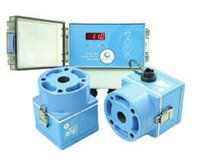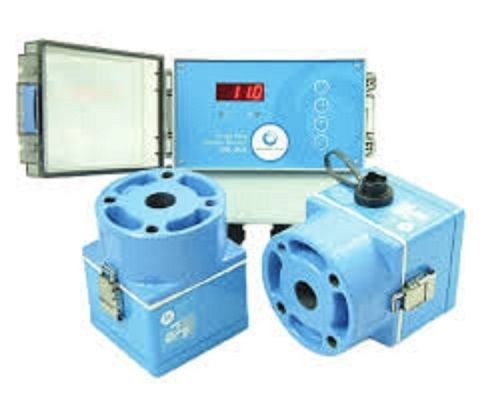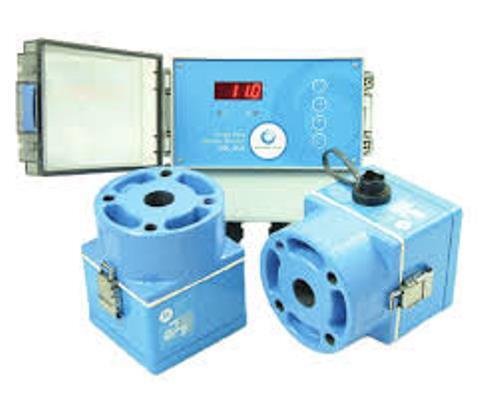- Dew Point Meters
- Gas Analysers
- Portable Gas Detector
- Moisture And Dew Point Analyzer
- Dust Monitor
- Gas Monitoring Systems
- Gas Leak Detectors
- Gas Transmitters
- VOC Leak Detector
- Air Quality Monitoring System
- Online Continuous Emission Monitoring System-OCEMS
- Dew Point Monitors
- Gas Detector
- Opacity Monitor
- Portable Flue Gas Analyzer
- Online SOX & NOX Gas Analyzer
- Methane Gas Leak Detector
- Hydrogen Purity Analyzer
- Gas Purity Analyzer
- Effluent Monitoring Systems
- Producer Gas Analyzer
- Gas Detector Calibration Service
- Portable Gas Monitors
- Gas Sensor Transmitter
Opacity Measurement
160000 INR/Number
Product Details:
X
Opacity Measurement Price And Quantity
- 1 Number
- 160000 INR/Number
Product Description
1. Measurement Range
- Typical range (e.g., 0-100% opacity)
- Minimum detectable opacity
2. Accuracy
- Percent error (e.g., ±1% of reading)
- Calibration frequency
3. Response Time
- Time taken to detect changes in opacity (e.g., milliseconds to seconds)
4. Sensor Type
- Optical sensors (e.g., light scattering, transmissive)
- Laser-based systems
5. Operating Conditions
- Temperature range (e.g., -20°C to 50°C)
- Humidity tolerance
- Environmental protection (e.g., IP rating)
6. Data Output
- Analog and/or digital output (e.g., 4-20 mA, RS-485)
- Data logging capabilities
7. Power Requirements
- Voltage and current specifications
- Power consumption
8. Installation Requirements
- Mounting options (e.g., flange, bracket)
- Size and weight considerations
9. Communication Protocols
- Compatibility with existing systems (e.g., Modbus, Ethernet)
10. Calibration
- Ease of calibration process
- Frequency of recommended calibration
11. User Interface
- Display type (e.g., LCD, touchscreen)
- User-friendly software for monitoring and analysis
12. Compliance Standards
- Compliance with environmental regulations (e.g., EPA, ISO)
- Certification (e.g., CE, UL)
13. Maintenance Requirements
- Frequency of maintenance checks
- Required maintenance tools or kits
14. Cost
- Initial purchase cost
- Long-term operational costs
These specifications can vary based on the application (industrial, environmental monitoring, etc.), so it's essential to tailor them to specific needs. If you have a particular application in mind, I can help refine these further!
Enter Buying Requirement Details















 English
English Spanish
Spanish French
French German
German Italian
Italian Chinese (Simplified)
Chinese (Simplified) Japanese
Japanese Korean
Korean Arabic
Arabic Portuguese
Portuguese